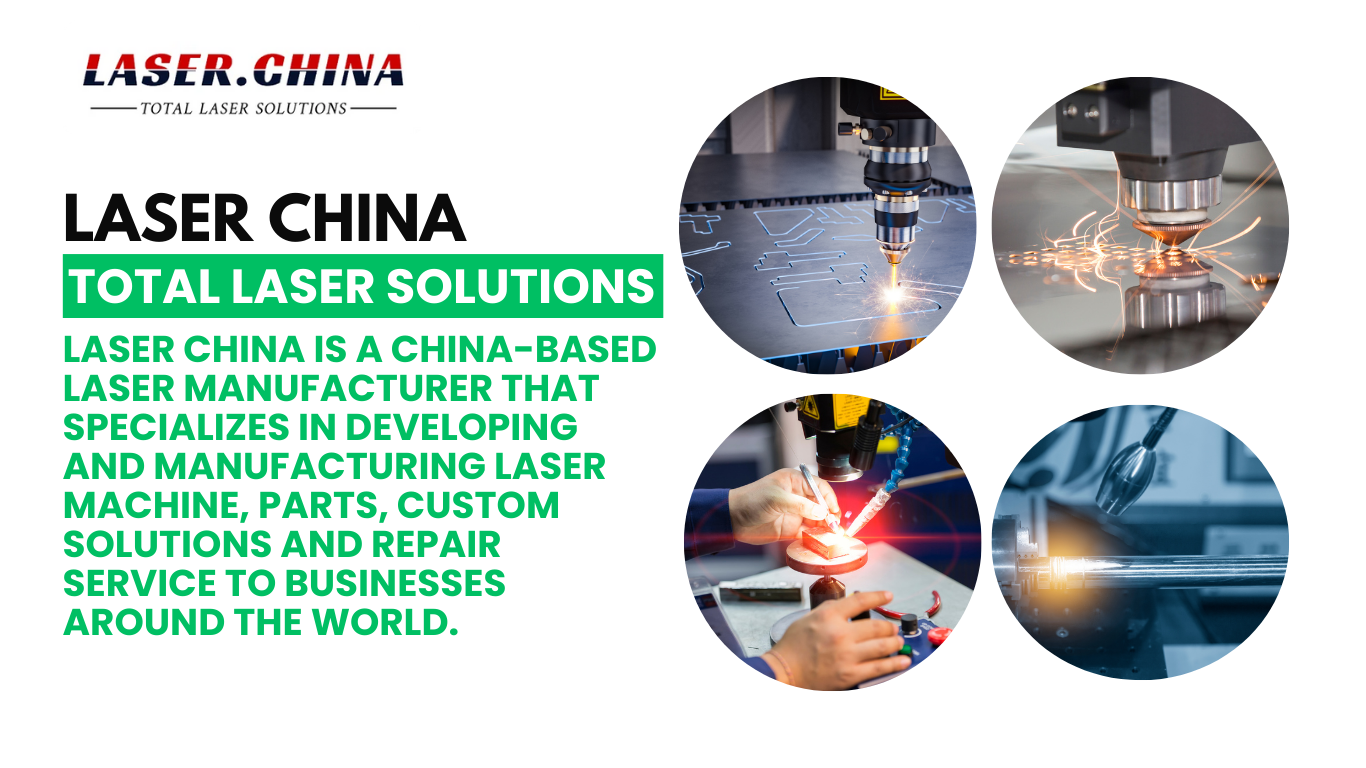Hand laser welding machines have revolutionized the welding industry by offering an efficient, precise, and versatile solution for various welding applications. These machines use concentrated laser beams to melt materials and create strong, clean welds. The handheld design provides flexibility and convenience, making it an ideal choice for tasks that require mobility and ease of use. In this article, we will discuss the key benefits and applications of hand laser welding machines.
1. Precision and Quality: One of the most significant advantages of hand laser welding machines is their high precision. The laser beam focuses on a small area, allowing for fine control and minimizing heat-affected zones (HAZ). This results in cleaner, more accurate welds with minimal distortion, which is especially important when working with delicate or thin materials. The precision of the laser also reduces the need for post-weld cleaning, as the welds are usually smooth and neat, ensuring high-quality finishes.
Handheld laser welding machines are capable of producing high-strength welds, even in thin materials. The low heat input reduces the likelihood of warping, oxidation, or deformation, making these machines suitable for applications that demand a high level of quality.
2. Speed and Efficiency: Hand laser welding machines are known for their speed and efficiency, making them an attractive option for both small-scale and large-scale production environments. The laser beam can weld materials at a much faster rate than traditional welding methods like MIG or TIG welding. This results in reduced production time, increased throughput, and ultimately, improved profitability for businesses.
Furthermore, the handheld nature of these machines allows operators to move quickly between different parts of the workpiece, reducing the need for repositioning. The continuous welding process ensures that there are fewer interruptions and delays, contributing to a more streamlined production workflow.
3. Minimal Heat-affected Zone (HAZ): A major concern with traditional welding methods is the significant heat-affected zone (HAZ), which can cause undesirable effects such as material distortion, brittleness, or changes in the structure of the base material. Hand laser welding minimizes the HAZ due to its ability to focus energy precisely on the weld area. This results in less heat spreading to the surrounding material, reducing the potential for damage and making it suitable for welding sensitive or high-value materials.
The reduced HAZ also ensures that the weld does not affect the mechanical properties of the materials around the weld area, leading to stronger joints without compromising the integrity of the base materials.
4. Versatility in Materials: Hand laser welding machines are highly versatile and can be used on a wide variety of materials, including stainless steel, aluminum, copper, titanium, and other metals. The machine can also weld materials with varying thicknesses, enabling users to tackle different welding challenges with ease. This versatility makes laser welding machines a valuable tool for industries such as automotive, aerospace, electronics, jewelry, and medical devices.
Because of their ability to work with such diverse materials, hand laser welding machines are particularly useful for welding dissimilar metals, which can be challenging for traditional welding techniques. Additionally, they can be used for tasks like spot welding, seam welding, and butt welding, further increasing their range of applications.
5. Portability and Flexibility: As the name suggests, hand laser welding machines are designed to be handheld, offering significant portability compared to their stationary counterparts. This mobility allows operators to perform welding tasks in tight or hard-to-reach areas without needing to move the entire workpiece. The handheld design also improves ergonomic comfort for the operator, as they can adjust the machine to different angles without straining.
This flexibility makes hand laser welding machines an excellent choice for industries that require welding in the field or on-site, such as construction, maintenance, and repair services.
6. Reduced Need for Filler Materials: In many welding processes, filler materials such as welding rods or wire are required to create strong bonds between the workpieces. Hand laser welding often does not require fillers, as the laser can precisely melt the edges of the materials being joined, resulting in a seamless bond. This not only reduces material costs but also minimizes the need for additional processing steps such as grinding or polishing to remove excess filler.
Conclusion: Hand laser welding machines offer numerous benefits, including precision, speed, minimal heat-affected zones, versatility in materials, and portability. These advantages make them a preferred choice for industries that require high-quality welds with minimal distortion. Whether used for small-scale production, repairs, or large-scale manufacturing, hand laser welding machines provide a reliable, efficient solution that enhances overall productivity and quality. Their ability to weld a variety of materials and operate in tight spaces makes them an indispensable tool in modern welding applications.




